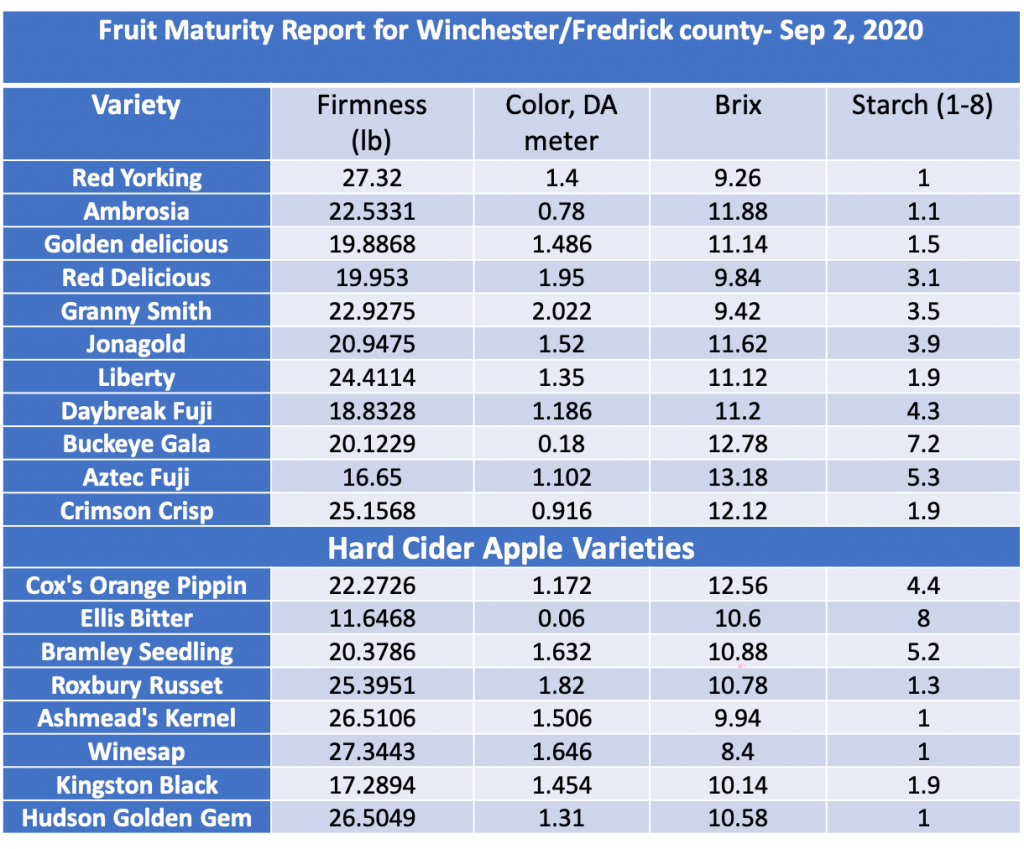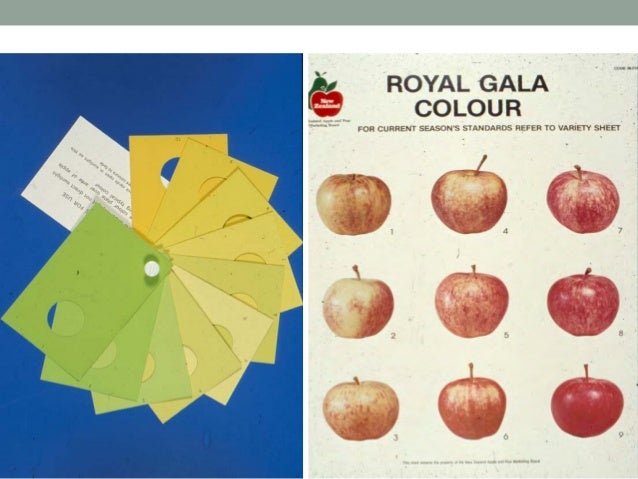
When you slice into a ripe apple the seeds will be brown. This test records the degree of starch disappearance in the flesh, as starch concentration decreases as the fruit matures and ripens. Ripe apples fall easily from the tree not much twisting is needed. As iodine binds to the starch molecules in the apple flesh, it turns them into a blue-black coloration while cells that contain sugars will have no color change.

Apple color in iodine test full#
Granny Smith is usually ripe at 165 – 180 days after full bloom. After heating the monosaccharide solution containing the Benedict’s test, the change of color from blue to orange proved that monosaccharides showed a positive reaction to the test. Starch: Add a few drops of tincture of iodine or iodine solution to a little milk. If the milk is pure it will glide down slowly and will leave a white trail behind. If water is mixed in the milk it will glide down swiftly. Place a drop of milk on a polished slanting surface. The ideal time to pick is when the inside of the apple is white, the outside edge of the apple is white and there is a small band of black between them.Īnother method is to count the numbers of days since full bloom, if you remember when that occurred. The experiment was conducted in order to discover the type of carbohydrate that made up the known and unknown solutions presented in the lab. Water in milk is easy to detect with this simple test. We measured the percent of fruit surface covered by red color.
Apple color in iodine test skin#
A fully ripe apple will stay white, an unripe apple will turn black. percent of the apple surface with red color, red and green skin color inten- sity parameters, flesh firmness, starch, pH, acidity and soluble solids concen- tration, measured on 30 randomly se- lected fruit per replicate. Spray the apple flesh with the iodine mixture. Slice an apple in half horizontally through the seeds. When a cross-section of an apple is sprayed with an. Take an ounce of iodine and mix it with 15 ounces of water and put this mixture in a spray bottle. Areas of the fruit that have lost starch will remain unstained. Granny Smith is a late-maturing apple so start tasting yours sometime in late October.Ī scientific method to determine ripeness is to spray an iodine solution onto a cut apple to see how much of the fruit has changed from starch to sugar.


A negative test is the brown-yellow color of. A positive test for glycogen is a brown-blue color. Add 2-3 drops of Lugols iodine solution to 5 ml of solution to be tested. Determining ripeness by taste is the way most people would answer. The result is that the color produced by a starch-iodine complex is more intense than that obtained with a glycogen-iodine complex. This year I have a lot of apples on the tree and want to know when I am supposed to pick them.Ī: Since Granny Smith is a green apple, it’s hard to determine ripeness by color. Q: I have a producing ‘Granny Smith’ apple tree.


 0 kommentar(er)
0 kommentar(er)
